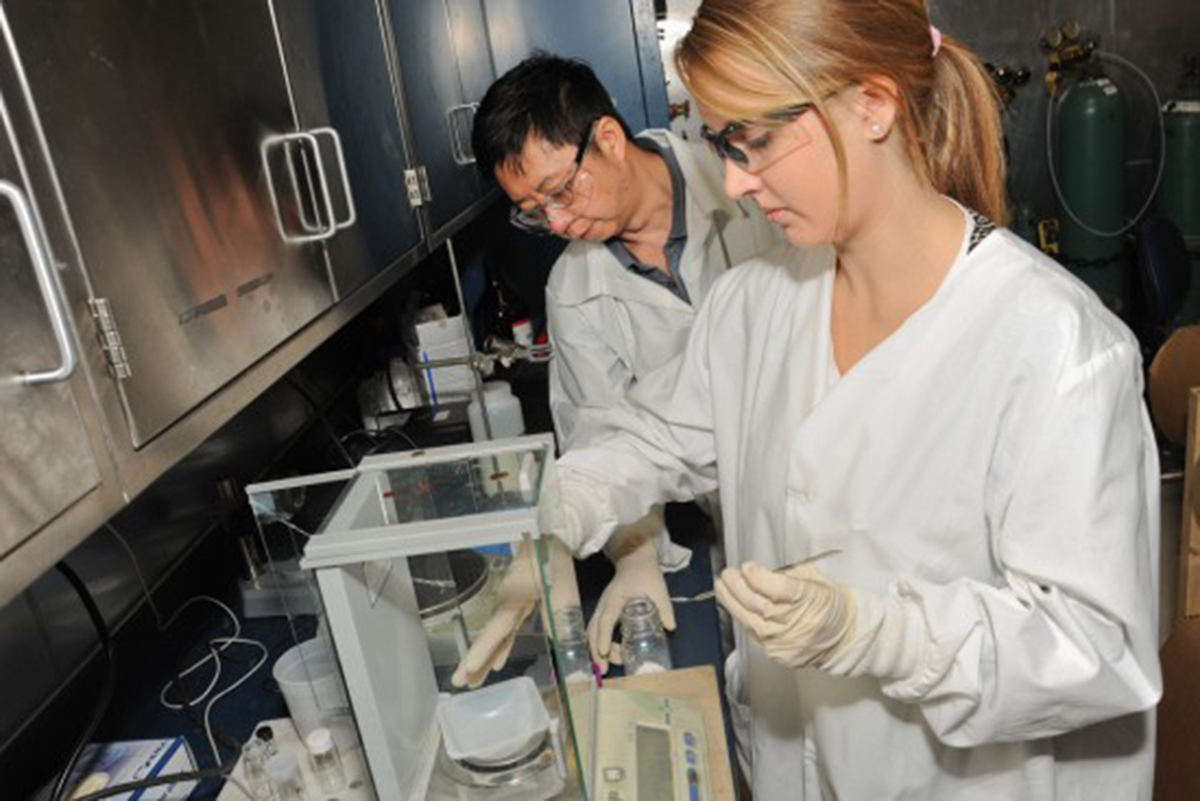Table of Contents
Treatments available for the TNBC patients are very limited. Early identification and surgical removal of the tumor is the key to the patient cure. The therapies for advanced form of disease are often simply not good enough.

Since TNBCs are deficient in the expression of the hormone receptors usually associated with the other breast cancer types, the application of therapeutics targeting these receptors, such as aromatase inhibitors or tamoxifen are of no use. On the similar grounds, Herceptin cannot be used since the tumors don’t have receptors HER2/Neu which this drug is targeting. Early detection of TNBC can make treatment successful in most of the cases where chemotherapy seems to be the treatment of choice.
The use of platinum therapy that includes Cisplatin, Carboplatin and the PARP inhibitors (Olaparib, Iniparib) has been found to be beneficial. The combined use of Carboplatin and the PARB inhibitors have also been tried out with some success. The other drugs that have been used with some degree of success include those targeting tyrosine kinases (Sunitinib, Sorafenib) and inhibiting the formation of new blood vessels in the tumor (Bevacizumab). These drugs slow down the tumour growth by disrupting some essential biochemical mechanisms important for the cancer cells survival.
Recently, new research data have demonstrated that sulfasalazine, an FDA-approved anti-inflammatory drug, could dramatically reduce the growth of TNBC via the blockade of protein xCT (a cystine transporter). According to the authors, although the compound in its present form may not be appropriate for the treatment of TNBC, it can serve as the starting point for the development of future drugs to target xCT protein. The study which was performed in human breast cancer cell lines and mice transgenic tumor models showed significant promise. But the approach is new and very different from standard therapies, and thus need to be further investigated before it can be implemented into clinical practice.
Various targeted therapeutic strategies are being explored according to the specific molecules and signaling pathways in TNBC. These include inhibitors like PI3K/AKT/mTOR, epidermal growth factor receptor, and Notch inhibitors, along with poly ADP-ribose polymerase inhibitors and antibody-drug conjugates. Immune checkpoint inhibitors such as pembrolizumab, atezolizumab, and durvalumab are also gaining attention in clinical exploration.
In yet another recent study, it was found that the activity of proteasome (the machinery that degrades the unwanted protein content in the cell) is highly associated with the triple negative breast cancer. The inhibition of the proteasome significantly reduces the size of TNBC tumors. In addition, the use of proteasome inhibitors leads to the blockade of metastasis and the tumor initiating function of the cells in the established TNBC cell lines. This study reveals important new insight into how the triple negative breast cancer is regulated. The findings offer a hope for the development of novel therapeutics specific for the dangerous TNBC tumors.
Also, postoperative management strategies have evolved. For instance, adjuvant capecitabine and olaparib have shown significant improvements in disease-free survival and overall survival in patients with residual disease following neoadjuvant therapy. The addition of pembrolizumab postoperatively is being explored, although its exact contribution to improved outcomes is not fully understood yet
Read More: Breast Cancer Is An "Umbrella Term" For A Large Number Of Diseases
Importance of genetic testing for treatment decisions
Genetic testing of the patients with triple negative breast cancer could be used as an important initial stage for the treatment of this breast cancer subtype given the heterogenous nature of TNBC. However, the insufficient knowledge of the cancer biomarkers for TNBC comes as a major hindrance in this case.
Personalizing the cancer treatment is a big and challenging task. However, most specialists now believe that this is the only way forward, Cancer is essentially a disease of the genes, and “one-drug-fits-all” approach is never going to work here.
- Hudis CA and Gianni L. Triple-negative breast cancer: an unmet medical need. Oncologist 2011, 16:1-11
- Petrocca F, Altschuler G, Tan SM et al. A Genome-wide siRNA Screen Identifies Proteasome Addiction as a Vulnerability of Basal-like Triple-Negative Breast Cancer Cells. Cancer Cell 2013, 24:182-196
- Timmerman LA, Holton T, Yuneva M et al. Glutamine Sensitivity Analysis Identifies the xCT Antiporter as a Common Triple-Negative Breast Tumor Therapeutic Target. Cancer Cell 2013, 24:450-465
- O'Shaughnessy J, Osborne C, Pippen JE et al. Iniparib plus chemotherapy in metastatic triple-negative breast cancer. N. Engl. J. Med. 2011, 364:205-214.
- Photo by shutterstock.com
- Photo courtesy of U.S. Army RDECOM by Flickr : www.flickr.com/photos/rdecom/7336830168/


Your thoughts on this